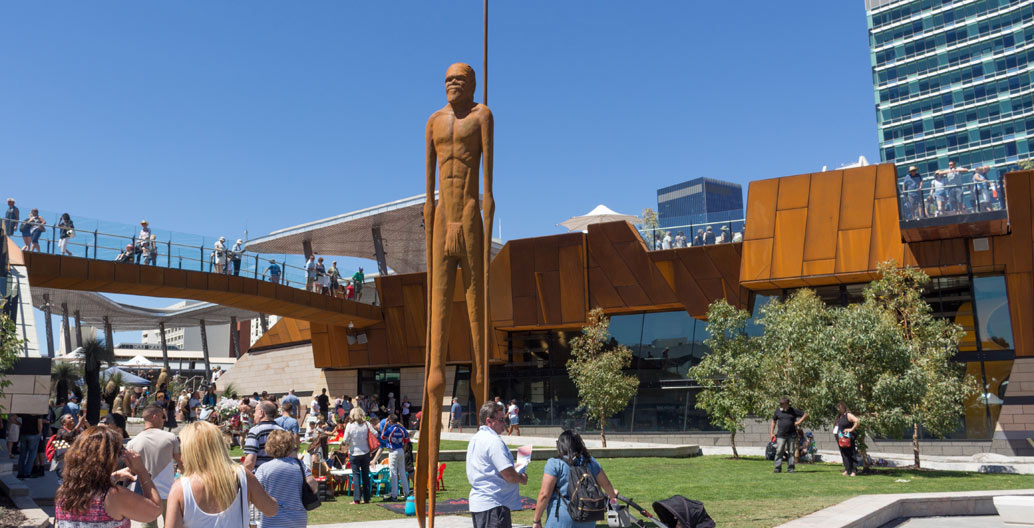
The Foreground Five: May’s most-read stories
From Dr. Julian Bolleter’s analysis of Yagan Square in Perth, to ‘Melbourne Water’s Our Space, Your Place initiative’, and Bush Project’s Sarah Hicks, here are the most popular stories for May.
1. Yagan Square connects Perth’s once-divided urban heart; can it do the same for the city’s people?
“The test for Yagan Square over the long term will be whether it becomes a viable space for Indigenous people to both occupy and to some degree take ownership over.”
A dramatic public square in Western Australia aims to forge a new centre for the state’s capital, grounded partly in its Indigenous culture and history.
2. Parks hidden in plain sight: Melbourne looks to unlock infrastructure for public open space
“While [Melbourne Water’s] core functions of providing sewerage and safe drinking water contributes to liveability, we started to ask the question: What other contributions can we make?”
Given the chance, what would you do with 33,000 hectares of previously locked-up land? Melbourne Water’s Our Space Your Place portal invites residents of the Victorian capital to pitch their ideas.
3. Bush Projects to bring a little bit of wild back to Lorne foreshore
“There’s still so much potential for how the Australian landscape can be explored aesthetically and conceptually, and to think through how we engage with these landscapes sensitively”
Foreground’s deputy editor Lucy Salt spoke to Sarah Hicks, from the self-described young-punk practice Bush Projects, to talk about the landscape architecture and art studio’s philosophy, and their competition-winning proposal for Point Grey, Lorne on Victoria’s Great Ocean Road.
4. Sensors in public spaces can help create cities that are both smart and sociable
“Smart technology can help to transform the traditional user experience and enhance the capacity of public open space to support 21st-century city living. Think, for instance, of additions such as Wi-Fi or plugin points for laptops and phones.”
5. Indigenous communities are reworking urban planning, but planners need to accept their history
“While it remains very difficult for Aboriginal peoples whose traditional country is now urbanised to achieve land justice, innovative solutions are being found in the face of these challenges.”
The rights and interests of Indigenous people remain largely invisible in urban history, policy and planning practice.







